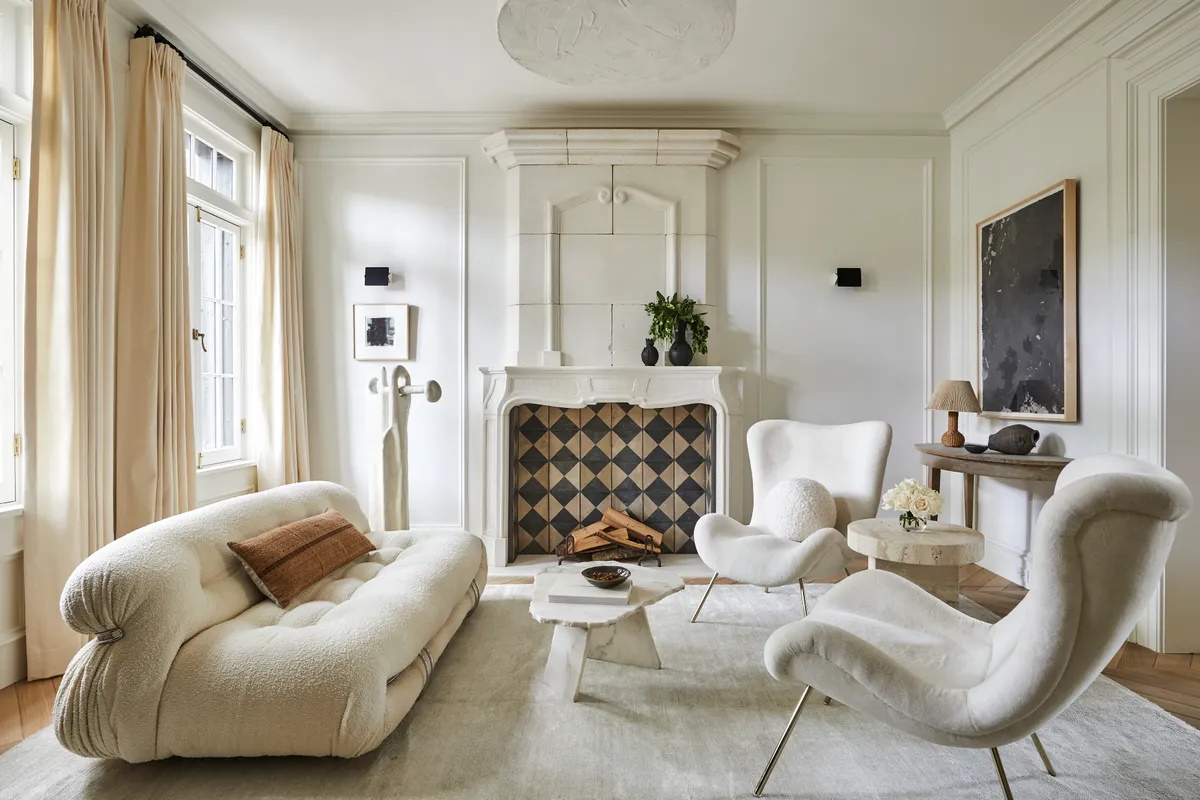The best trends that will bring you peace of mind. The pandemic could shape the way we live, much as World War II and the Great Depression did. After a tumultuous two years, alternating between lockdowns, and new outbreaks, life will not return to the old normal.
It will be a new world.
Events like the pandemic that hold the world’s attention for long stretches — and that alter the rhythms of everyday life — do tend to leave a legacy that changes the way we live. Much as World War II and the Great Depression shaped previous generations. Expect a new type of frugality as many change their spending to buy more secondhand items and work around supply-chain issues, according to market research firm Euromonitor’s latest prediction report. Consumers will evolve past being frugal by becoming more aware of their spending behaviours and looking for alternatives to buy goods in less traditional ways. For all the hunkering at home that’s transpired over the last two years, it’s unsurprising that homeowners have been designating more interior areas for all things leisure-driven, indulging in happiness, and allowing for a bit of gregariousness and passion that alter the rhythms of everyday life. Ahead are Euromonitor’s predictions for global consumer trends in 2022 as well as a few of our own observations.
Our homes should allow for a bit of gregariousness and passion.
What we need is more nuance to our domestic set-up, to respond to different states of being: sometimes private, sometimes social. Rediscovering the rich language of architectural openings – doors, windows, thresholds – might be just the ticket. Read more, ‘Top Interior Design Trends For 2022.’
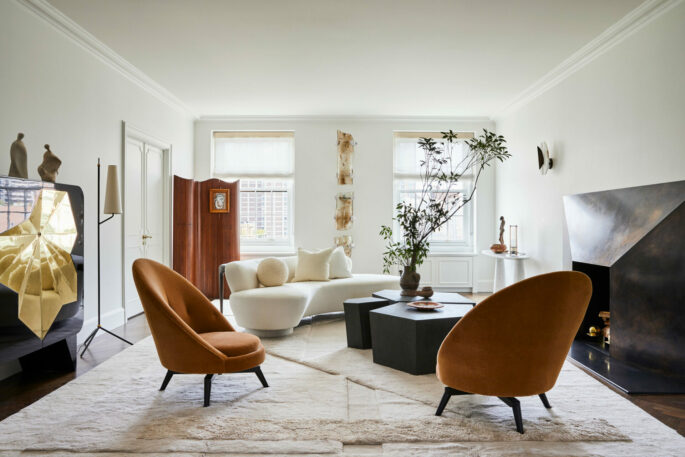
The pandemic forced many people to adjust their behaviours, such as shopping for furniture, homewares and garden items online for the first time. Park Avenue Apartment designed by Jeremiah Brent. Photo: Nicole Franzen
Supply-chain workarounds
Product shortages and disruptions have spurred consumers to use subscription services or buy secondhand to find what they want. Companies need to adapt to these individuals by offering alternatives to items, says Euromonitor. Virtual queue systems present an opportunity for shoppers to get a place in line and hope they receive a product, the research firm said. Offering rental or refurbished products is another chance to keep that customer’s loyalty as does enticing them with exclusive or presale items. Read more, ‘9 Design Trends We Will Be Seeing In The Very Near Future.’
Climate change becomes top of mind
The 26th conference of the Parties to the United Nations Framework Convention on Climate Change, otherwise known as COP26, made consumers think about their everyday actions in relation to climate change. People are looking to cut back on food waste, reduce their plastic use and recycle more. Sixty-seven percent of consumers surveyed by Euromonitor stated that they tried to do something every day to have a beneficial impact on the environment.
Climate change and sustainability are trends that continue to evolve from previous years, but in 2022, younger consumers will have more of an impact than ever on their peers, parents and even grandparents.

Consumers will evolve past being frugal by becoming more aware of their spending behaviours and looking for alternatives to buy goods in less traditional ways. Park Avenue Apartment designed by Jeremiah Brent. Photo: Nicole Franzen
Prioritizing personal values and goals
Thirty-four percent of people in the latest survey preferred to spend money on experiences as opposed to products in 2021, compared with 27% in 2015. Companies need to address the change by becoming flexible to what consumers want. “Last year, we were talking about consumers rethinking their priorities and what their life wants to be like,” Euromonitor reports. “This year, they’re actually making the changes.” Read more, ‘The Big Picture Home Designs Taking Off Right Now.’
Senior citizens optimize their digital lives
The pandemic forced many people to adjust their behaviours, such as shopping for furniture, homewares and garden items online for the first time. That trend was especially popular among seniors. Now, this group of consumers want to continue their digital use, and companies should respond accordingly by offering training, support and making products that are easy to use, the research firm Euromonitor said.
The virus has interrupted in-person shopping and caused many consumers to shift even more business online.
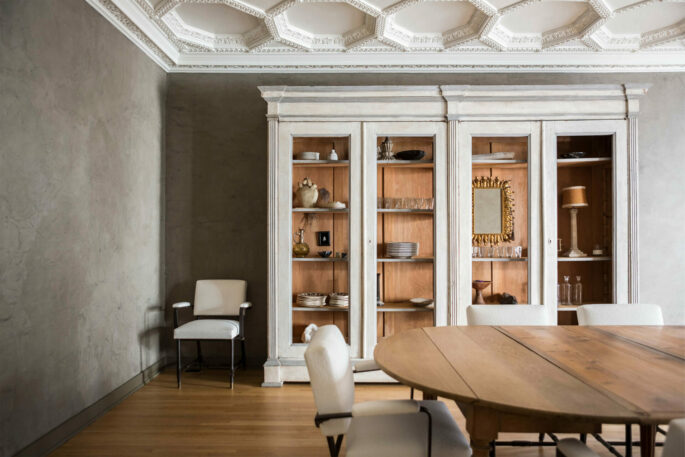
Buying items secondhand is no longer stigmatized. Hancock Park House, designed by Jeremiah Brent. Photo: Nicole Franzen
Secondhand loses the stigma
Buying items secondhand is no longer stigmatized. It has become a sought-after option for consumers who want to have unique items or are shopping on a budget. One-off vintage furniture and auction houses with dropshipping programs that promote secondhand shopping behaviors from consumers are winning them over.
Companies should also meet this demand by addressing consumers who want to bring in older versions of items to sell.
City residents opt for suburban and rural perks
People who stayed in cities and didn’t flee to the suburbs during the pandemic now want some of the advantages of living outside a city, such as having access to green spaces and friendly communities and neighbourhoods. Others want more services closer to their homes, with many still working from home, the research firm said. Companies should aim to bring shops and services closer to them that don’t require a train or car ride. Making everything accessible to consumers within 15 minutes according to the Euromonitor report.
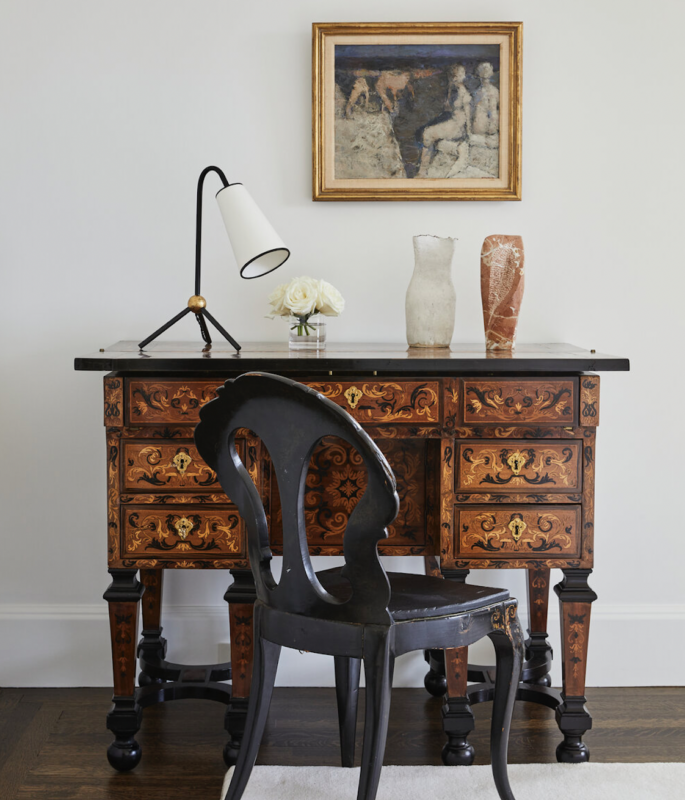
One-off vintage furniture and auction houses with drop shipping programs that promote secondhand shopping behaviors from consumers are winning them over. Park Avenue Apartment designed by Jeremiah Brent. Photo: Nicole Franzen
Indulgence in self-care and happiness
Fifty-six percent of consumers expect to be happier in the next five years, Euromonitor says. To reach that nirvana, people are buying products that help their mind and body, such as meditation courses, decorating videos, design books, and more.
Personalized shopping experiences that can predict a consumer’s needs will become a key component in reaching these people.
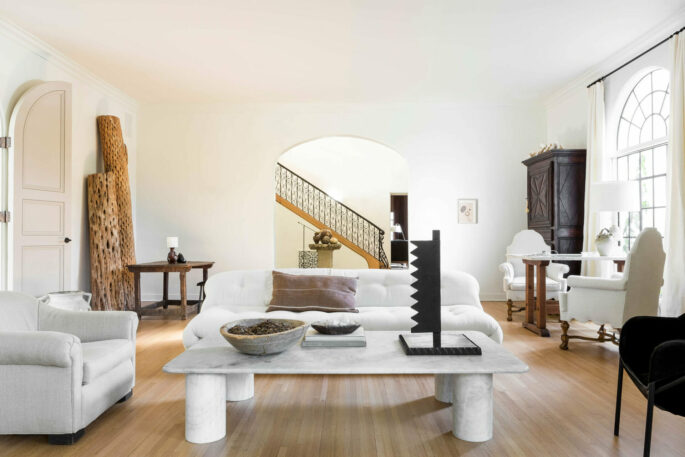
Hancock Park House, designed by Jeremiah Brent. Photo: Nicole Franzen
Habits will change
We’ve seen two years’ worth of digital transformation in record time. Working from home creates its own efficiencies — less time spent on traffic-clogged roads, more flexibility for parents and people caring for elderly relatives. The larger theme is that crises can force or accelerate behaviour changes. In some cases, people will realize that they were sticking to old habits out of inertia and prefer their new habits. Read more, ’10 Renovation Trends You’ll Be Seeing a lot of in 2022.’
Some of the old behaviour will revert when the pandemic ends. But not all of it will.
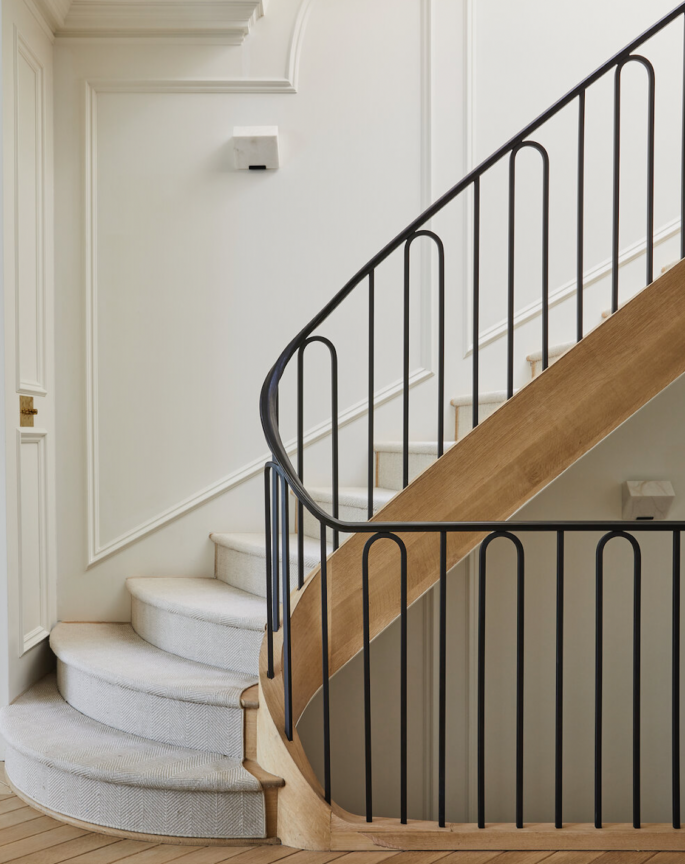
Hancock Park House, designed by Jeremiah Brent. Photo: Nicole Franzen
Weak companies will die
Companies with flawed business models can look healthy in good times. Out of habit, many customers continue to buy from them. But when the economy weakens, people have to make decisions about where to pull back. They often start with products and services that they find the least valuable or that they can replace with a cheaper alternative.
The retailers doing fair to poorly are absolutely not coming out of this,” said Mark Cohen, a former executive at Sears and Federated Department Stores who teaches at Columbia Business School.
“Many, many of them are going to fail, have already failed or will fail when they reopen.”
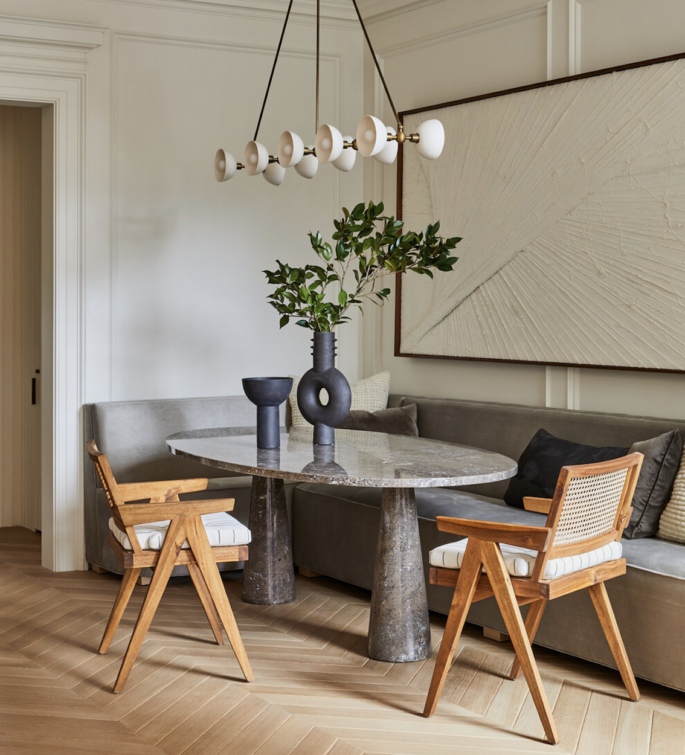
Proportions are important. A tall door is elegant and accentuates any ceiling height. DC House, designed by Jeremiah Brent. Photo: Nicole Franzen
A downturn is an opportunity to revisit inefficiencies.
And the coronavirus is likely to cause a larger version of this phenomenon than a typical recession. Traditional department stores are an example. In recent years, they have lost significant business to online retailers and quietly lost more to big-box specialty stores (like Home Depot) or discount stores (like Costco) over the one-stop-shopping experience.
Business failures can be healthy, allowing more efficient and innovative rivals to rise. The disappearance of many old department stores won’t be a tragedy if they are replaced by stores people prefer.
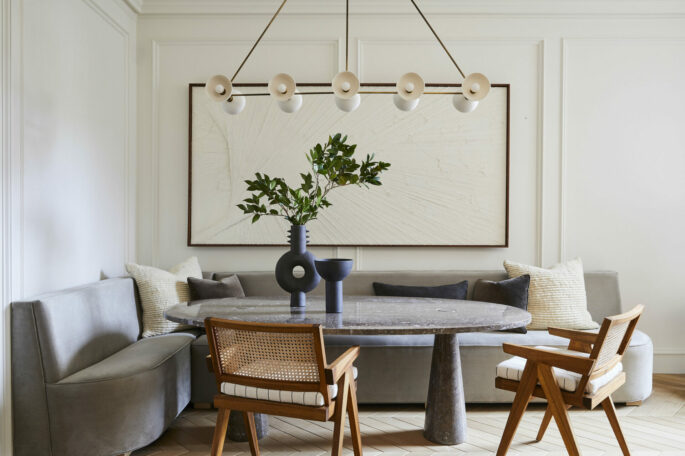
DC House, designed by Jeremiah Brent. Photo: Nicole Franzen
The value of privacy
Working from home over the past two years, we have learned the value of privacy. As the architectural writer Robin Evans said in House & Garden UK: ‘If anything is described by an architectural plan, it is the nature of human relationships.’
The elements of architecture – doors, windows, walls – have throughout history been employed to divide or reunite inhabited space.
Before the pandemic, the architectural plan of typical domestic life was moving towards sociality: living spaces with a permeable, open plan, where mingling was encouraged. But the past couple of years have tested this liking for company and encounters – especially in a busy household. But before opting for hotel-style corridors with separate rooms, think again. It is possible to enjoy a feeling of interconnectedness while maintaining degrees of privacy with more openings. Looking back at plans of classical country houses, there was a matrix of rooms connected to each other by several openings. Where we now require the privacy of rooms but don’t want to lose the feeling of interconnectedness that we enjoy with open plan, we can learn from those classical houses and their treatment of openings.
The idea of open plan might seem challenging now.
Openings are physical portals through which we pass or look. In their simplest form, they contain a door that can be closed. But they can be much more. Consider the position of your doorway so that, when the door is open, it creates an aesthetic vista. Consider also having more than one doorway in a room. This allows the space to be passed through when, not in use and, if the doorways are lined up, creates perspective and depth – enabling us to enjoy space without necessarily being in it.
Proportions are important. A tall door is elegant and accentuates any ceiling height. The doorway should be proportionate to the room, so in our projects, we often use doorways of different sizes, but try to impose a logic upon them – say, taller openings for the main rooms, such as sitting rooms, and smaller openings for more compact spaces like cloakrooms and bathrooms.
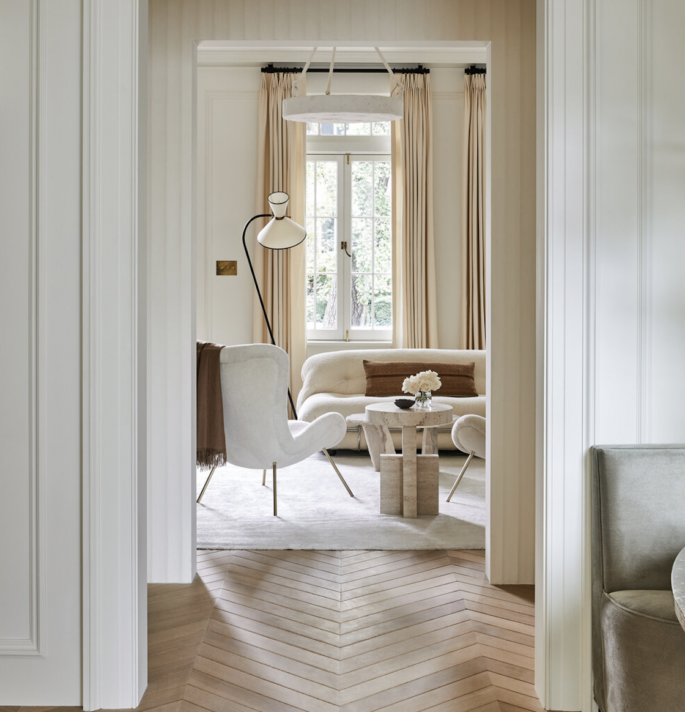
It is possible to enjoy a feeling of interconnectedness while maintaining degrees of privacy with more openings. DC House, designed by Jeremiah Brent. Photo: Nicole Franzen
Allow for gregariousness at home
Our homes should allow for a bit of gregariousness and passion. People are saying ‘What the hell, I am going to change my home. I want to be happy. I can afford it’.” Bathroom design is getting bolder. Kitchen islands are getting longer. In fact, according to a 2022 Houzz survey nearly two out of five kitchen islands are more than 2.2 metres long. The space below the counter is being used for extra storage, with 78 percent adding cabinets with closed doors.
Appliances are going high-tech. Number one on the list: appliances with wireless and smartphone controls (26 percent). Now you can control the oven temp and cooking time from your phone, without getting up from the sofa. Vinyl flooring is becoming more popular for kitchen flooring. Hardwood is still the top choice (25 percent), but vinyl is gaining traction, soaring from 14 percent in 2020 to 23 percent in 2022. Vinyl is now even more popular than ceramic or porcelain tile (19 percent). Not only is vinyl water-resistant and affordable, but the softer feel underfoot may make it attractive to remodelers that want a comfortable home. Read more, ‘These 9 Kitchen Design Trends Are Here To Stay.’
Homeowners are using all that extra space to not only cook, but also work from home—20 percent report they now work from their kitchen island.
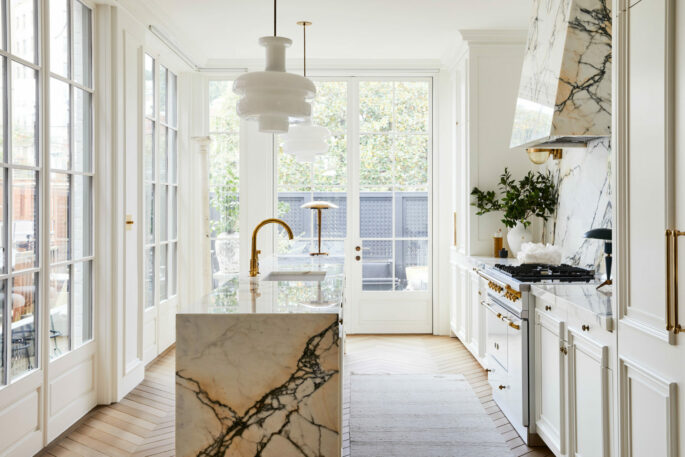
Bathroom design is getting bolder. Kitchen islands are getting longer. DC House, designed by Jeremiah Brent. Photo: Nicole Franzen
Dedicated spaces for listening
They are popping up everywhere. For some, they might mean a room full of blobby furniture for cuddling, a biophilic corner for plant bathing and meditation, or an enveloping book nook. It’s an honorary space to reset moods, quell anxiety and get lost in an atmosphere of sound. But getting them right is an art and science. Read more, ’12 Predictions For A Happy Home, 2022.’
Hybrid approaches to socialization
As the pandemic continues, consumers are becoming fragmented: those who want to go back to their normal lives and engage in social activities, and those who remain cautious. This means hybrid possibilities, such as digital visits or waiving cancellation fees, can address the needs of different consumers.
Products and services need to become multifaceted and seamless to serve this split consumer base according to Euromonitor.
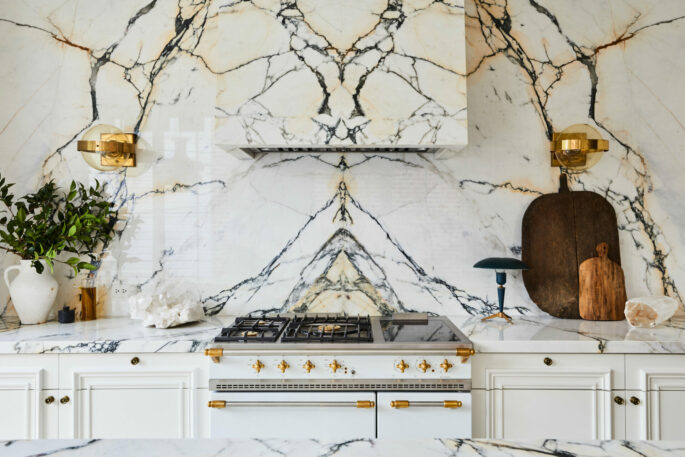
DC House, designed by Jeremiah Brent. Photo: Nicole Franzen

